Nothing smells homiest than the aroma of freshly baked bread, and baking bread doesn't have to be the realm of the advanced cook. Let me show you my simple, easy bread recipes for beginners to make bread at home.
By - Reviewed . Published Sep 24, 2022.
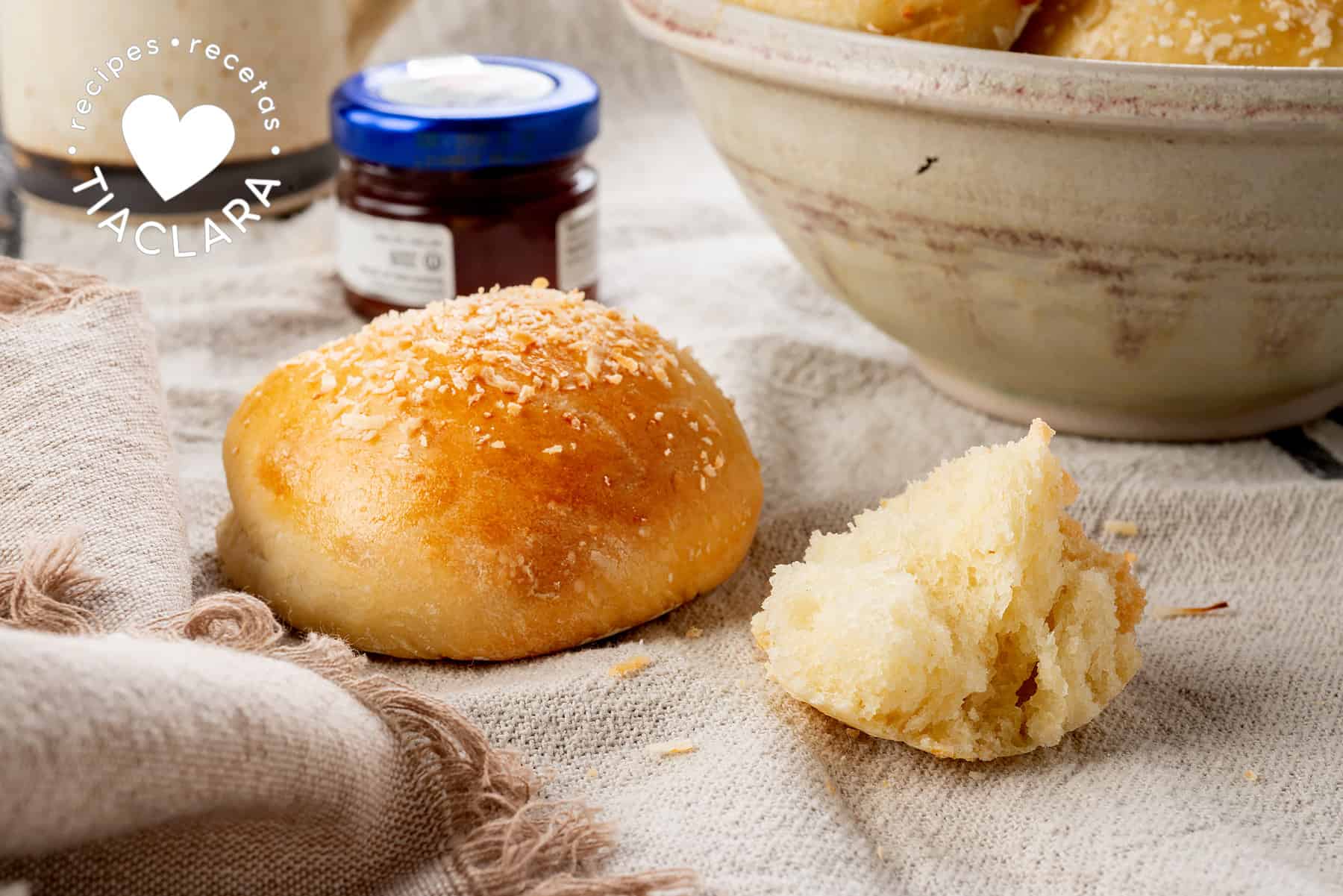
How to make bread
There are an enormous number of breads and types of bread but, generally speaking, bread is typically made with wheat flour, yeast and salt.
Flour is combined with water, yeast and salt then kneaded until the gluten forms. The bread is then left to rise (a process in which the yeast digest the starches and convert them to gas).
Bread recipes
Sweet Pumpkin Yeast Bread
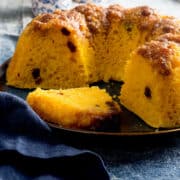
How to Make Cheese Bread Rolls
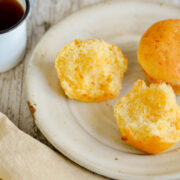
Easy Coconut Bread Rolls
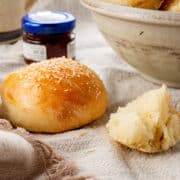
Pan Sobao Bread Roll
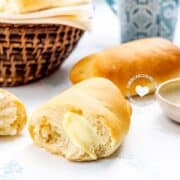
Pan de Agua Breakfast Bread Rolls
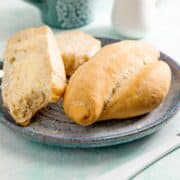
Pan Telera Christmas Bread
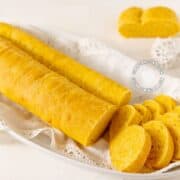
Dominican Pan de Coco from Samana
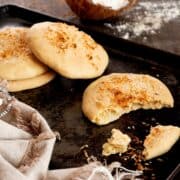
The oven
Not all ovens are the same. A professional bakery oven is capable of reaching and sustaining very high temperatures. To improve your chances, preheat your oven at least 30 minutes in advance.
Domestic ovens don't reach the target temperature immediately. The smaller the oven, the lower the temperature to avoid burning the crust while cooking the center.
Flour
The flour must be of good quality, fresh, and appropriate for the type of bread you are preparing. Every flour has specific uses. Generally, the lighter the flour, the lighter the bread. It is best to choose flour specifically for each recipe. Substitutions are often not a good idea.
See our conversion charts and tips for measuring flour.

Making bread with all-purpose flour
Some recipes do call for all purpose flour for bread-making. The result of this type of bread is usually lighter and fluffier. Check this bread roll recipe with all purpose flour.
What's gluten?
Gluten is a type of protein present in wheat, in bread-making gluten is important because it gives the bread the structure that allows it to sustain the bubbles formed by the yeast. Gluten is like the bread scaffolding.
Without gluten is very difficult to obtain the kind of texture that defines some types of bread.
Kneading
It seems simple, but kneading has its tricks. As a general rule, kneading should be done slowly. Push the dough with the part of your hand where it joins the wrist, slowly folding the dough over itself. Change directions every few movements.
Over-kneading is as bad as not doing it enough. The perfect point is reached when the dough has the consistency of Play-Doh and does not stick to your hand or work surface. The dough must be moist but firm.
An important note is that recipes may vary in their instructions and how much and how you knead it may be described differently in the recipe.
Yeast
Did you know that yeast is a living organism?
In reality, it consists of millions of microorganisms. Yeast converts sugars in the flour to alcohol and gases, the effect of which is to 'rise' the bread.
The importance of yeast in the quality of bread must not be underestimated. If the yeast is 'dead' the dough will not rise. Yeast that has been kept for too long on supermarket shelves might not be in optimal condition.

Testing (proofing) yeast
To test if your yeast is alive, warm up a bit of water to about 105 ºF [40 º C] --it should not even feel warm to the touch-- and add a little bit of sugar. Add the yeast; if it starts producing foam within a minute, then the yeast is alive.
A slow reaction might mean that the yeast is partially dead. It is easier for the yeast to 'digest' the sugar you added than the sugar that is naturally present in the flour; a slow reaction means that the reaction in the presence of flour will not be adequate.
Types of yeast
There are various types of yeast. The most common ones are dry yeast and rapid-rise yeast. The first is stronger but slower and must be dissolved in warm water before adding it to the flour.
As a general rule use no more than a tablespoon of yeast per pound of flour; more than that and your bread might end up with a bad taste. If the yeast is fresh and of good quality that will be enough.
Temperature
Like any living organism, yeast has its preferred temperature and conditions. It reacts best to warm, humid, and dark places. On a cold day, your dough might take longer to rise.
What makes bread-making so intimidating is that we are dealing with a living organism with its own needs. This might make it difficult to follow a recipe to a T. You must practice, and adapt the recipe to your own conditions.
Want to save this recipe?
Enter your email & I'll send it to your inbox. Plus, get great recipes from me every week!
By , published Sep 24, 2022 on Tia Clara


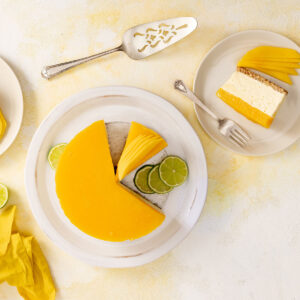
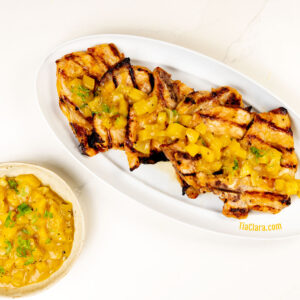
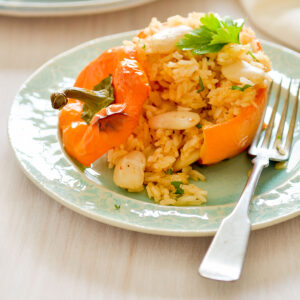
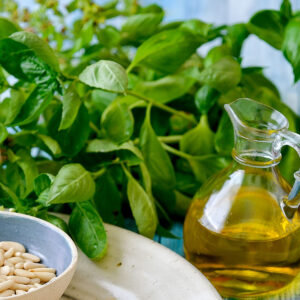
Comments
No Comments